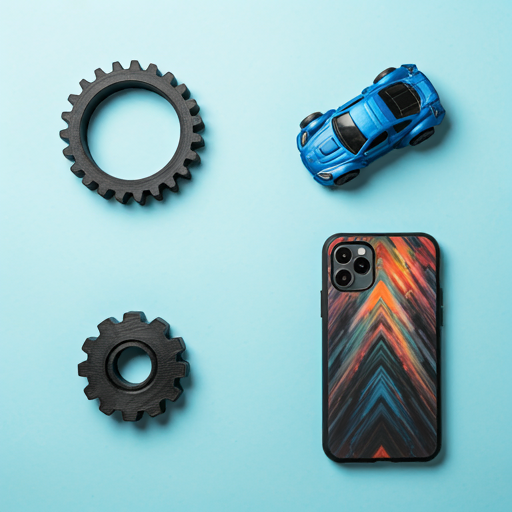
-
How it works
-
Industries
-
Services
-
Material
-
Company
-
Resources

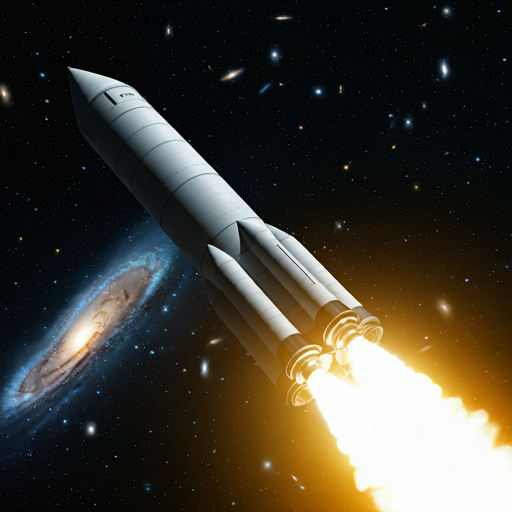

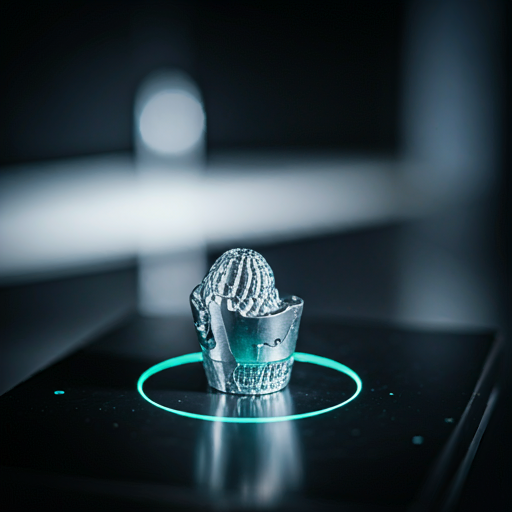
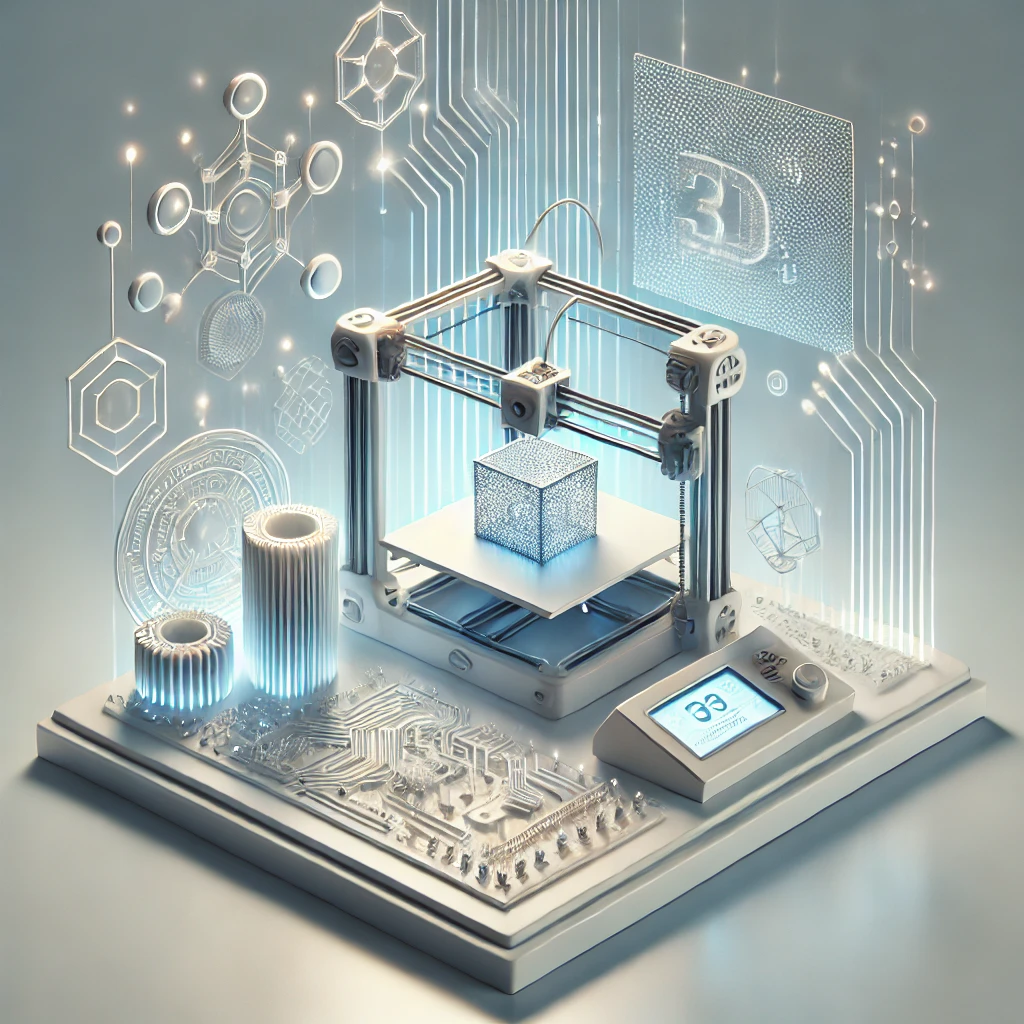




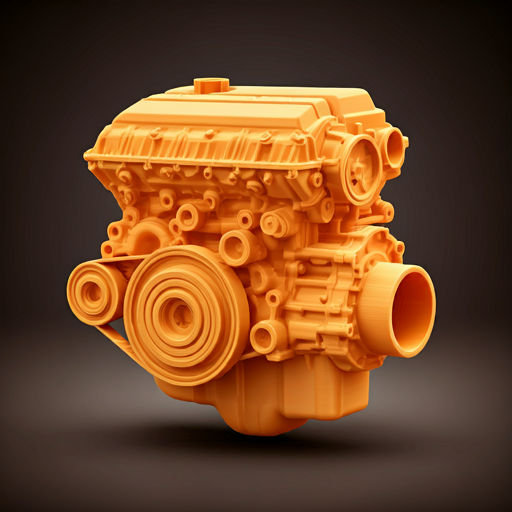

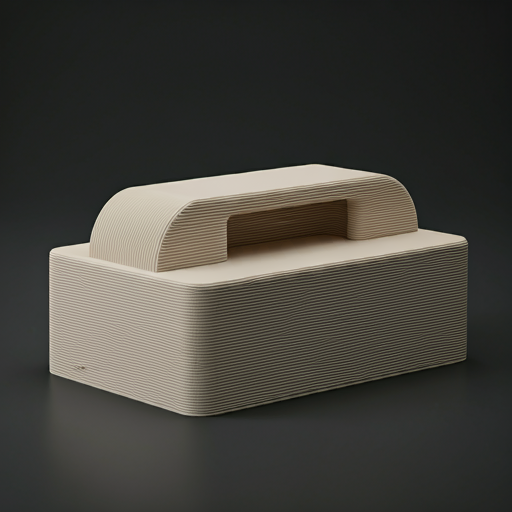
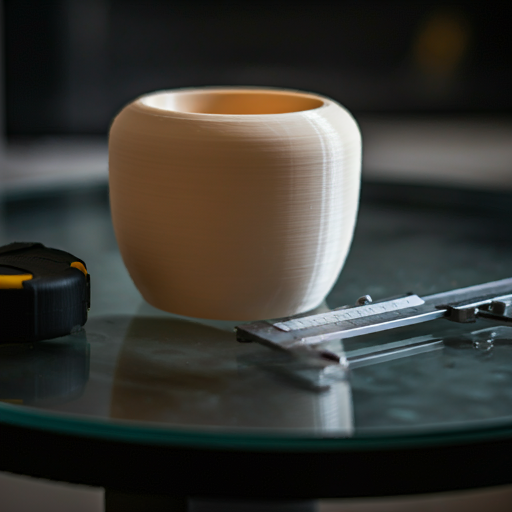
 Industries
Industries
Discover Lightweight PLA—a special-purpose thermoplastic designed to produce low-density, lightweight parts ideal for applications where weight reduction is crucial.
Lightweight PLA is an innovative version of standard Polylactic Acid (PLA) that incorporates foaming technology to create low-density, lightweight 3D printed parts. Engineered to foam and expand during the printing process, it reduces the overall weight of printed objects by up to 50% compared to regular PLA. The foaming behavior is temperature-dependent, allowing users to control the density and weight of the part by adjusting printing temperatures and speeds. Lightweight PLA retains many of PLA's user-friendly characteristics, such as ease of printing, low warping, and good surface finish, while offering significant weight savings. This makes it particularly suitable for applications where weight is a critical factor, such as in model airplanes, drones, RC cars, and other lightweight structural components. However, printing with Lightweight PLA may require fine-tuning of parameters to optimize the foaming effect and achieve the desired balance between weight, strength, and surface quality.





 FDM compatible
FDM compatible Low Density / Lightweight
Low Density / Lightweight Temperature-Dependent Foaming
Temperature-Dependent Foaming Good Surface Finish
Good Surface Finish Easy to Sand and Paint
Easy to Sand and Paint Requires Careful Temperature
Control
Requires Careful Temperature
Control Potential for Inconsistent Layer
Adhesion
Potential for Inconsistent Layer
Adhesion Lower Strength Compared to Solid
PLA
Lower Strength Compared to Solid
PLA Limited Color Availability
Limited Color Availability
Key Lightweight PLA properties rated to guide you in selecting the best fit for your 3D printing needs.
Lightweight PLA is ideal for producing low-density, lightweight parts where weight reduction is critical without compromising too much on mechanical properties. It is particularly suited for models, drones, and RC components that benefit from reduced mass.
 Model airplanes
Model airplanes Drone frames
Drone frames Glider components
Glider components RC car parts
RC car parts Lightweight prototypes
Lightweight prototypes Aerodynamic testing models
Aerodynamic testing models Physics experiments
Physics experiments Structural models
Structural models Educational tools
Educational tools Lightweight Prototypes
Lightweight Prototypes Architectural Models
Architectural Models Hobbyist Projects
Hobbyist Projects Weight-Sensitive Components
Weight-Sensitive ComponentsOffers reduced weight with moderate strength, suitable for applications where weight savings are prioritized over maximum strength.
| Property | Value, metric |
|---|---|
| Tensile Strength | Approximately 16 MPa |
| Tensile Modulus | Approximately 1,800 MPa |
| Elongation at Break (%) | 5% |
| Flexural Strength | Approximately 30 MPa |
| Flexural Modulus | Approximately 1,800 MPa |
| Notched Izod Impact Strength | Approximately 10 J/m |
| Shore Hardness | Shore D 70 |
Printing with Lightweight PLA requires careful management of printing temperatures and speeds to control the foaming behavior. Higher temperatures increase foaming, reducing density, while lower temperatures result in less foaming. Adjusting extrusion multipliers may be necessary to achieve optimal results.
| Type | Value |
|---|---|
| Lead Time | 1-4 business days |
| Wall Thickness | Minimum 1.0 mm |
| Tolerance | ±0.20%, minimum ±0.2 mm |
| Max Part Size | Up to 450 x 450 x 450 mm |
| Layer Height | 0.1 mm to 0.3 mm |
Similar to standard PLA with low heat resistance; parts may deform at temperatures above 50°C.
| Property | Value, metric |
|---|---|
| Heat Deflection Temperature (HDT) | Approximately 55°C at 0.455 MPa |
| Thermal Expansion Coefficient | Approximately 70 x 10^-6 /°C |
| Thermal Expansion (Scale 0-100) | 65 |
| Max Service Temperature | Up to 50°C before significant deformation may occur |
Acts as an electrical insulator; not suitable for electrical applications.
| Property | Value, metric |
|---|---|
| ESD Safety | Not ESD safe |
| Conductivity | Non-conductive; insulating properties |